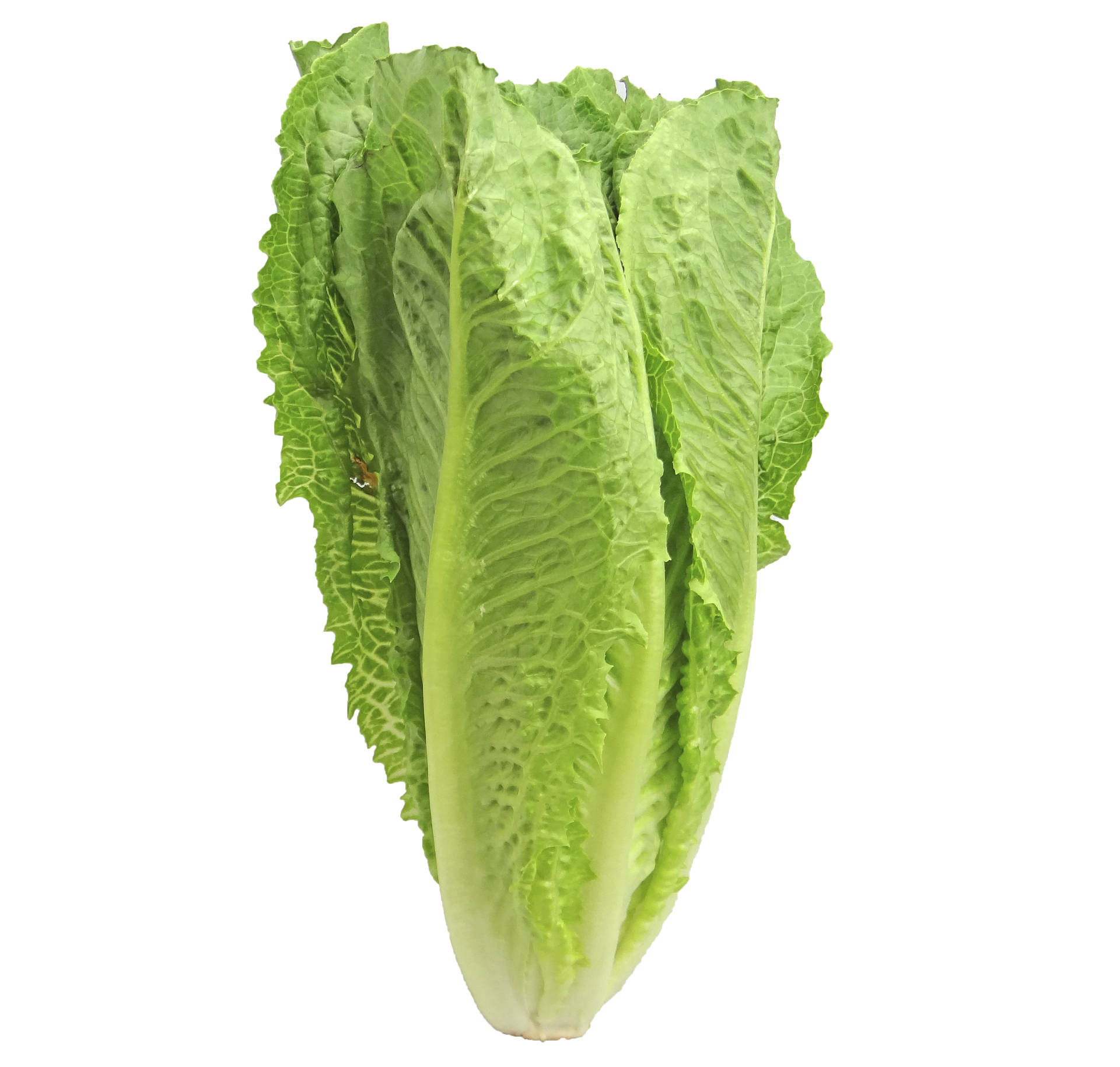Submitted by CDC
The Centers for Disease Control staff are advising that U.S. consumers to not eat romaine lettuce, and retailers and restaurants to not serve or sell any. No common grower, supplier, distributor or brand of romaine lettuce has been identified. An investigation is ongoing and the advice will be updated as more information is available.
The CDC reports that 32 people were infected with the outbreak strain of Shiga toxin-producing E. coli O157:H7 in 11 states, from Oct. 8-31. Thirteen people were hospitalized, including one person who developed hemolytic uremic syndrome, a type of kidney failure. No deaths have been reported.
The Public Health Agency of Canada has identified 18 ill people infected with the same E. coli strand in two Canadian provinces: Ontario and Quebec. Epidemiologic evidence from the United States and Canada indicates that romaine lettuce is a likely source of the outbreak.
Consumers who have any type of romaine lettuce in their home should not eat it and should throw it away, even if some of it was eaten and no one has gotten sick. This advice includes all types or uses of romaine lettuce, such as whole heads of romaine, hearts of romaine and bags and boxes of precut lettuce and salad mixes that contain romaine, including baby romaine, spring mix, and Caesar salad. If you do not know if the lettuce is romaine or whether a salad mix contains romaine, do not eat it and throw it away. Wash and sanitize drawers or shelves in refrigerators where romaine was stored. Restaurants and retailers should not serve or sell any romaine lettuce, including salads and salad mixes containing romaine.
Take action if you have symptoms of an E. coli infection:
- Talk to your healthcare provider.
- Write down what you ate in the week before you started to get sick.
- Report your illness to the health department.
- Assist public health investigators by answering questions about your illness.
Symptoms of E. coli infection
People usually get sick from Shiga toxin-producing E. coli, two-eight days, or an average of three to four days, after swallowing the germ.
Some people with a STEC infection may get a type of kidney failure called hemolytic uremic syndrome. E. coli infection is usually diagnosed by testing a stool sample.
Antibiotics are not recommended for patients with suspected E. coli infections until diagnostic testing can be performed and E. coli infection is ruled out. Some studies have shown that administering antibiotics to patients with E. coli infections might increase their risk of developing HUS, and a benefit of treatment has not been clearly demonstrated.
Check www.cdc.gov/ecoli/2018/o157h7-11-18/index.html for updates.




